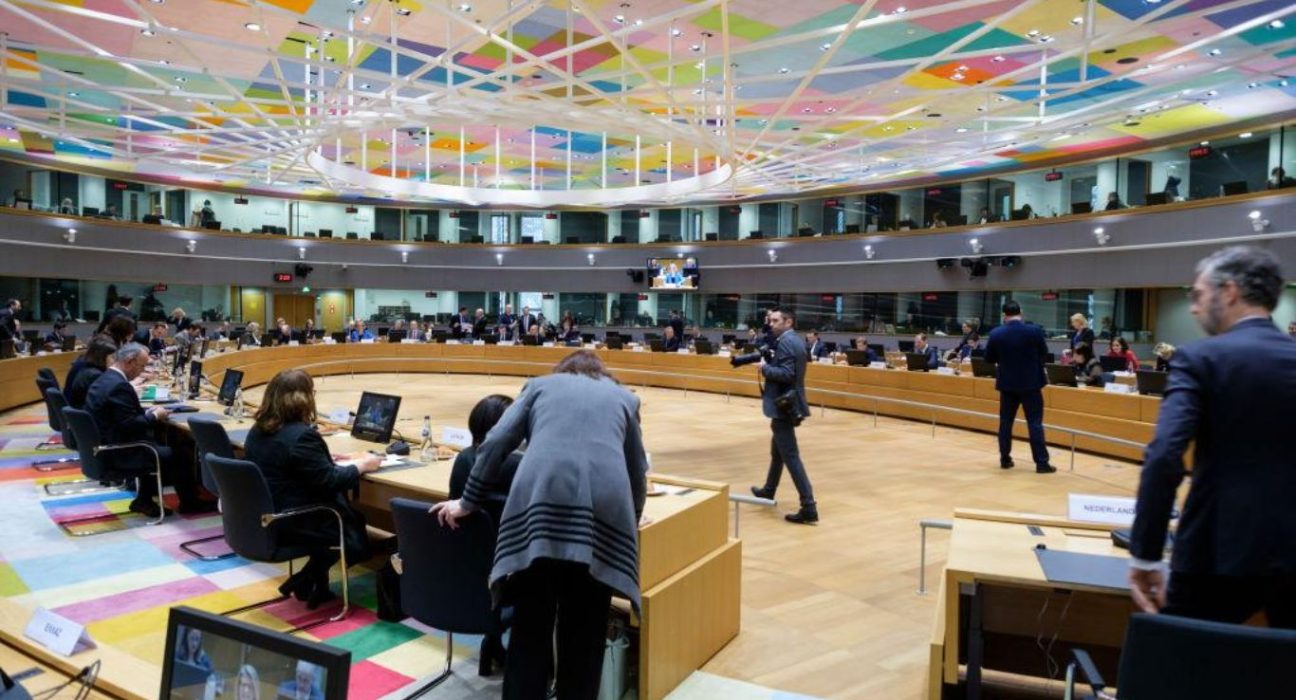Introduction
As the European Central Bank (ECB) prepares for its upcoming monetary policy meeting, economists from Nordea have outlined three plausible scenarios that could shape the future of the European economy. In this article, we will explore these scenarios and assess their potential impacts on interest rate expectations and the broader financial landscape.
The Scenarios Unveiled
- The Hawkish Hike (Least Likely Scenario)
The first scenario outlined by Nordea economists involves the ECB making the bold move to hike interest rates while maintaining its tightening bias. This scenario, although considered the least likely, would have significant implications for the financial markets and the economy as a whole.
Analyzing the Hawkish Hike
A hawkish approach by the ECB would indicate a strong commitment to combating inflation. By raising interest rates, the central bank would signal its willingness to cool down the economy, potentially curbing excessive borrowing and spending. This move would likely result in a boost to interest rate expectations, causing a ripple effect across various sectors.
The Impact on Financial Markets
In a hawkish scenario, financial markets would likely react with increased volatility. Bond yields could rise as investors anticipate higher returns, which, in turn, could lead to a rotation out of equities and into fixed-income securities. Currency markets may also see the euro strengthen as higher interest rates make it more attractive to foreign investors.
Implications for the Economy
For the broader economy, a hawkish ECB stance could lead to reduced consumer and business spending due to higher borrowing costs. It may also impact housing markets by increasing mortgage rates, potentially cooling down the real estate sector. However, such measures could help contain inflationary pressures.
- Maintaining the Status Quo
The second scenario posits that the ECB will opt to maintain its current monetary policy stance without making any significant changes. This scenario is viewed as a neutral approach that is neither overtly hawkish nor dovish.
The Status Quo Explained
By keeping interest rates and its tightening bias unchanged, the ECB would signal a wait-and-see approach. This would indicate that the central bank is closely monitoring economic developments and inflation trends before making any adjustments to its policies.
Market and Economic Effects
In this scenario, financial markets are likely to remain relatively stable, with minimal short-term fluctuations. Investors may interpret this decision as a sign of confidence in the current economic trajectory, leading to steady but cautious market sentiment.
For the economy, maintaining the status quo could provide businesses and consumers with a sense of stability, encouraging ongoing spending and investment. However, it also means that the central bank is less proactively addressing potential inflationary pressures.
- The Dovish Dilemma
The final scenario presented by Nordea economists involves the ECB adopting a dovish stance by refraining from any interest rate hikes and possibly even easing its tightening bias. This dovish approach would be aimed at supporting economic growth.
Understanding the Dovish Dilemma
A dovish ECB would prioritize stimulating economic activity over containing inflation. By keeping interest rates low and signaling a more accommodative stance, the central bank would aim to encourage borrowing and spending.
Market and Economic Ramifications
Financial markets would likely respond positively to a dovish stance, with lower interest rates potentially boosting equities and spurring investment. Currency markets might see the euro weaken as a result, making European exports more competitive on the global stage.
From an economic perspective, a dovish ECB would provide businesses and consumers with cheaper access to credit, potentially fueling economic growth. However, it could also exacerbate inflationary pressures if the economy overheats.
Conclusion
As the European Central Bank approaches its monetary policy meeting, the financial world eagerly anticipates its decision. Nordea economists have laid out three distinct scenarios: the hawkish hike, maintaining the status quo, and the dovish dilemma. While the first scenario is considered the least likely, it carries significant implications for interest rate expectations and the economy. The decision ultimately rests in the hands of the ECB, with each scenario carrying its own set of potential consequences.










